Rome is home to some of the world’s greatest artistic treasures, housed in spectacular palazzi that were once the mansions of the empire’s most influential families.
We have selected three of our favourite Baroque palazzi in the Eternal City.
Your Own Royal Palace: Palazzo Ruspoli
The Palazzo Ruspoli, located on Via Condotti, just a couple of minutes from the Spanish Steps, is one of the most prestigious renaissance buildings in Rome.
Throughout the years, it has been the home to some of Rome’s most prominent families, but since 1776, it has been the residence of the Ruspoli family.
Their crest is found in the beautiful stone floors of the palace, but the most famous part is the staircase, built in 1640 by the Caetani family and arrayed in four flights of 30 steps, ten feet long and two feet wide.
The staircase is constructed entirely of monolithic marble steps, and is considered one of the four wonders of Rome, with antique busts of former emperors and gods decorating the walls along the stairs.
In 1709, Francesco Marescotti Ruspoli was made prince by Pope Clement XI.
In 1948, in effect of the creation of the Italian Republic, Italian nobility ceased to exist. But, as the prince title of the House of Ruspoli had been awarded by the Pope, ruler of the Vatican (and thus not an official part of Italy), the Ruspoli family – together with thirteen other prince families, including House of Borgia, House of Borghese, House of Barberini and House of Colonna – were allowed continued use of their royal status.
The palace’s illustrious past is noticeable in the name of the B&B – Residenza Ruspoli Bonaparte. In 1830 Napoleon III lived here. His mother, Hortense de Beauharnais, also lived here for several years, which is why some of the rooms have French-styled ceilings, while the rest of the palazzo is decorated with traditional Italian cassette ceilings.
Another celebrity who lived here for an extended period of time was George Frideric Händel, who was the “Kapellmeister” to the Ruspoli family.
Today, it is owned by Prince Pietro and Letizia Ruspoli.
Staff is on site during the day.
The allegory between architecture and fashion might be overused, but serves its purpose in describing this B&B experience: to stay here is to be dressed in the finest garments, in one of the most comfortable places in Rome.
Close by are many of Rome’s most famous restaurants, including the classic Trattoria al Moro (coincidentally also a favourite of the Ruspoli family).
All four suites in the B&B are decorated with historical furniture and beautiful artworks.
The Suite Emperor Bonaparte also comes with its own private terrace, which makes it tempting to just stay at home with a bottle of wine and some pizza in this peaceful place, right in the middle of central Rome.
Minimalist extravagance: Palazzo Altemps
Time can be experienced in many different and subjective ways, often intertwined with emotional reactions. When doing something enjoyable, time is experienced as moving faster, while tedious chores and difficult situations seem to slow down the pace of time.
The effects of time become visible through changes in architectural expressions, the passing of time is manifested in both the wear-and-tear of buildings and the changing of aesthetic ideals. Thus, time structures not only our days but also the spaces we live in.
Also, different generations have different tastes and needs, and will alter the layout, size of rooms and number of doorways accordingly.
Older buildings are holders of memories of the past, a gateway to events otherwise lost to the continuous flow of time.
At Palazzo Altemps, different eras exist in the same space. Layers of paint and types of decoration are gently uncovered, presented side by side to demonstrate how ideals have shifted throughout the centuries. The result is a subtle elegance – pleasing to the eye and fascinating for the mind.
Today, it is one of the sites of the National Roman Museum, specifically dedicated to the history of art collecting.
A collection is a form of memory, an archive of stories centred around a certain topic or theme. In this way, the content of the museum correlates and enhances the architectural expression of the building.
Located in Campo Marzio, only a few steps from Piazza Navona, the palazzo was built by Girolamo Riario, lord of Imola and nephew of Pope Sixtus IV.
In 1568, it was purchased by Cardinal Marco Sittico Altemps, nephew of Pope Pius IV. The Altemps family would remain in the palazzo for several hundred years, until the mid-19th century, when the property was inherited by Giulio Hardouin (whose daughter Duchess Maria Hardouin di Gallese married the poet Gabriele d’Annunzio in 1883, in the palazzo’s Church of San Ancieto).
Towards the end of the 19th century, the building was sold to the Holy See, and almost a century later, it was acquired by the Italian government and opened as a museum in 1997.
Today, it is home to absolute masterpieces of ancient sculptures and noble collections, including Dei Drago collection, as well as Jandolo, Veneziani and Brancaccio sculptures, among many others.
On display is also the archaeological collection of Evan Gorga, an eccentric collector of the early 20th century.
The layout of the museum creates a harmonious composition, enhanced by how the marble sculptures are placed in the palatial rooms, borrowing from and reintroducing architectural solutions used in the design of antiquarian collections.
A Family Affair: Palazzo Colonna
For centuries, the Colonna family was one of the most influential families in Italy. Part of the papal nobility, the Palazzo Colonna in the centre of Rome has been the family’s residence for more than twenty generations.
Originally built over the ruins of an old Roman Serapeum (a temple dedicated to the Greco-Egyptian deity Serapis), its oldest parts date back to the 13th century.
The palazzo is actually more of a palatial block of buildings than one solitary mansion.
To visit is to gradually move from one architectural experience to another.
The outside garden, one floor above Via della Pilotta, is unexpectedly tranquil, despite being at the base of Quirinal Hill, one of the seven hills of Rome. From here, it is possible to venture even further up through the park, to see the rooftops of Rome from above.
The palazzo has one more park; Filippo Colonna (1578–1639) created a unitary complex around a central garden, on the opposite side of the street from the viewpoint of Giardino Colonna.
The fact that the palazzo has developed during the course of hundreds of years is evident in its complex structure.
It wasn’t until the 17th and 18th centuries that the current facades were completed.
It’s main claim to fame is the Sala Grande, 70 metres long and decorated in a sumptuous Baroque style, complete with frescoes, chandeliers, marble floors and golden framed mirrors.
On its walls are several important masterpieces, including works by Tintoretto, Bruegels, Titan and Caravaggio.
Throughout history, art has been not only a way to express beauty but also to communicate influence and wealth. The Colonna Art Gallery – one of the largest private art collections in Rome – succeeds in doing both.
Most visitors will be drawn to the opulence and grandeur of the Sala Grande and the adjoining Sala della Colonna Bellica, both completed in 1703 as a way to demonstrate the importance and cultural significance of the Colonna family (as important historical events where family members played key parts are depicted in the ceiling frescoes).
Many are also intrigued to see the cannon ball that is still remaining in one of the steps leading down into the gallery, once fired by the French troops that supported the Pope in the battle with the army of the Roman Republic, under the command of Garibaldi, in 1849.
However, not to miss, as its subtle elegance is perhaps even more refined than the dominant (and loud) Sala Grande, is the interior design of the Appartamento Principessa Isabella.
Isabella Colonna, née Sursock, moved to Italy from Lebanon, and lived for many decades in this apartment, on the ground floor of the palazzo. Containing a succession of several beautiful rooms, with frescoed walls and vaulted ceilings, it provides an insight into how members of the nobility could live during the 20th century, in historic surroundings but not without the comforts of modern life.
The apartment has been preserved as it was when the princess passed in 1984, and mainly follows the style of the two famous women who lived here, not only princess Isabel but also Maria Mancini (1639–1715, lover of Louis XIV of France), whose décor is still present in the first hall of the apartment, entirely painted with the flowers of renowned Italian artist Francesco Corallo.
Throughout history, Rome has been the home of many influential family and thus holds a number of palaces, but Palazzo Colonna, and its art collection, is one of its most spectacular.
The Colonna family still resides here, on the top floor, so visitors are only welcome into the palazzo two days a week, Fridays and Saturdays.





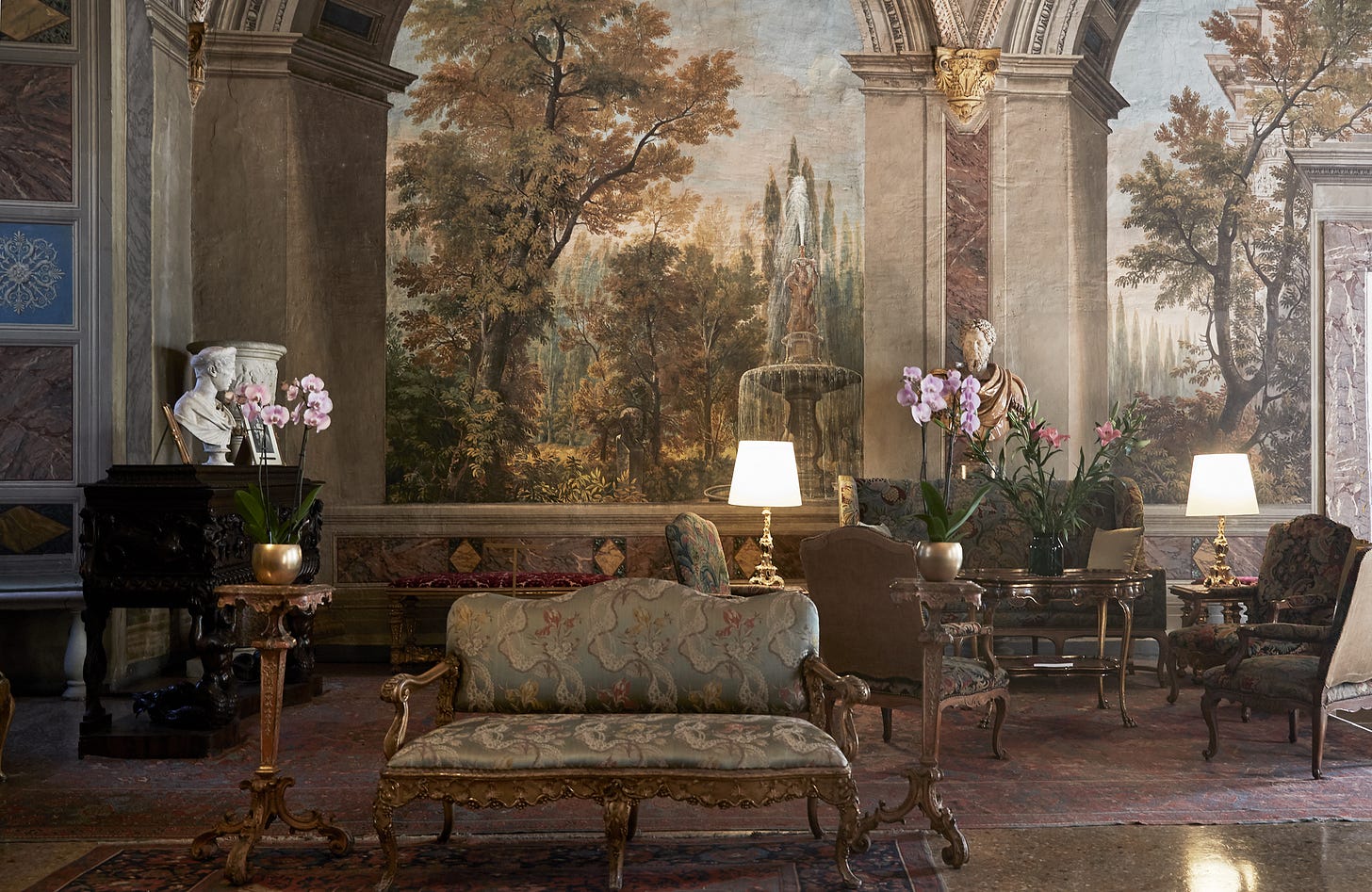
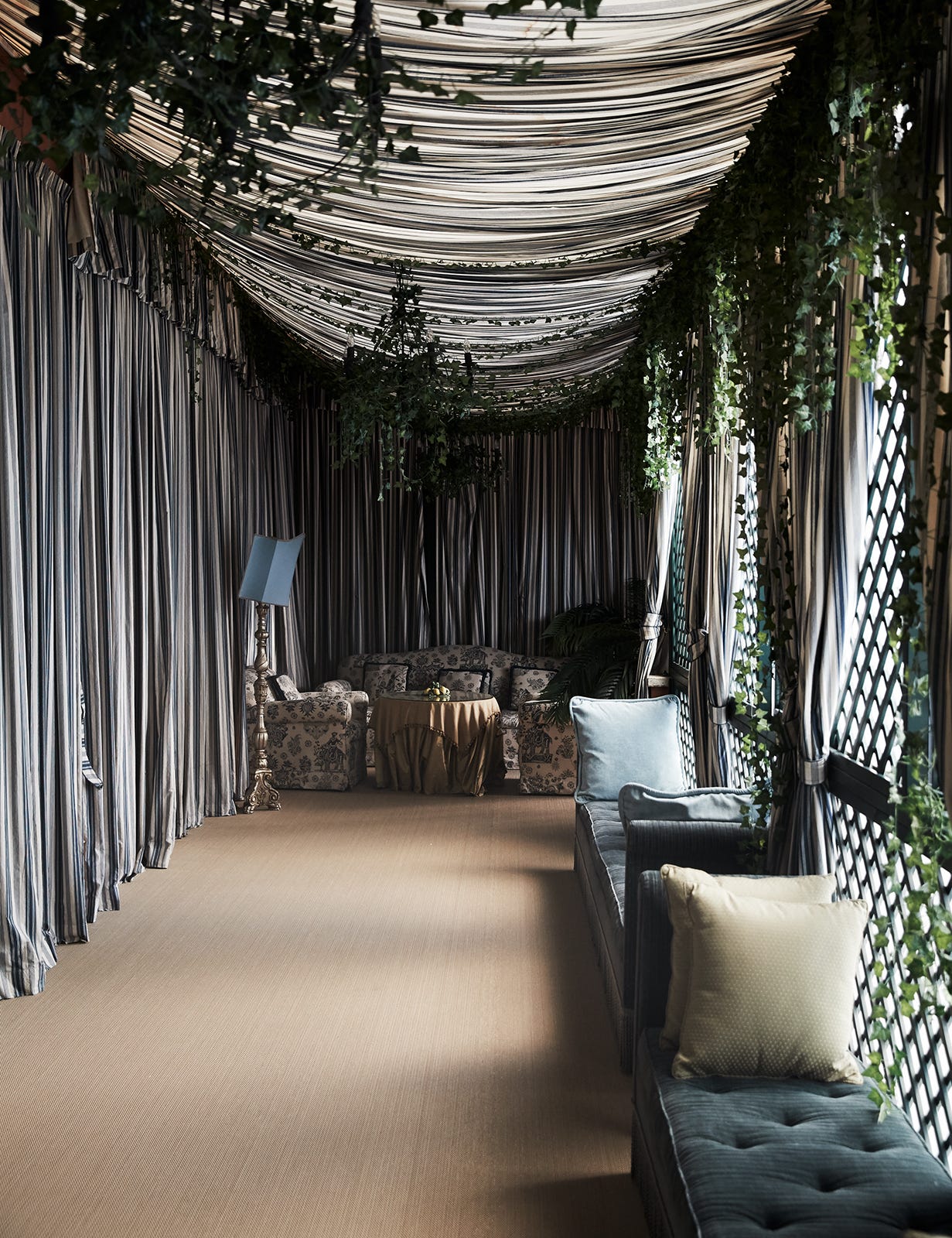
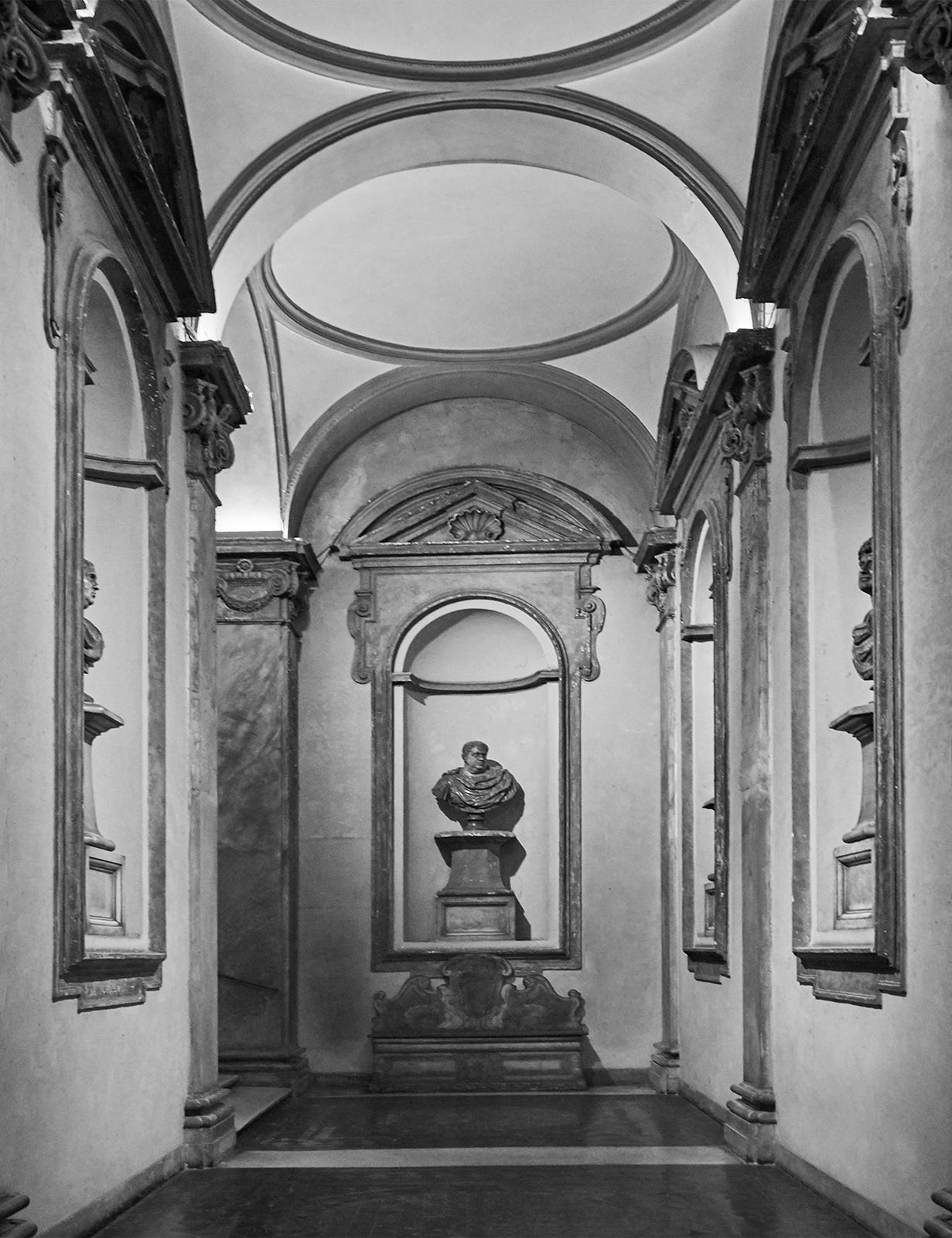
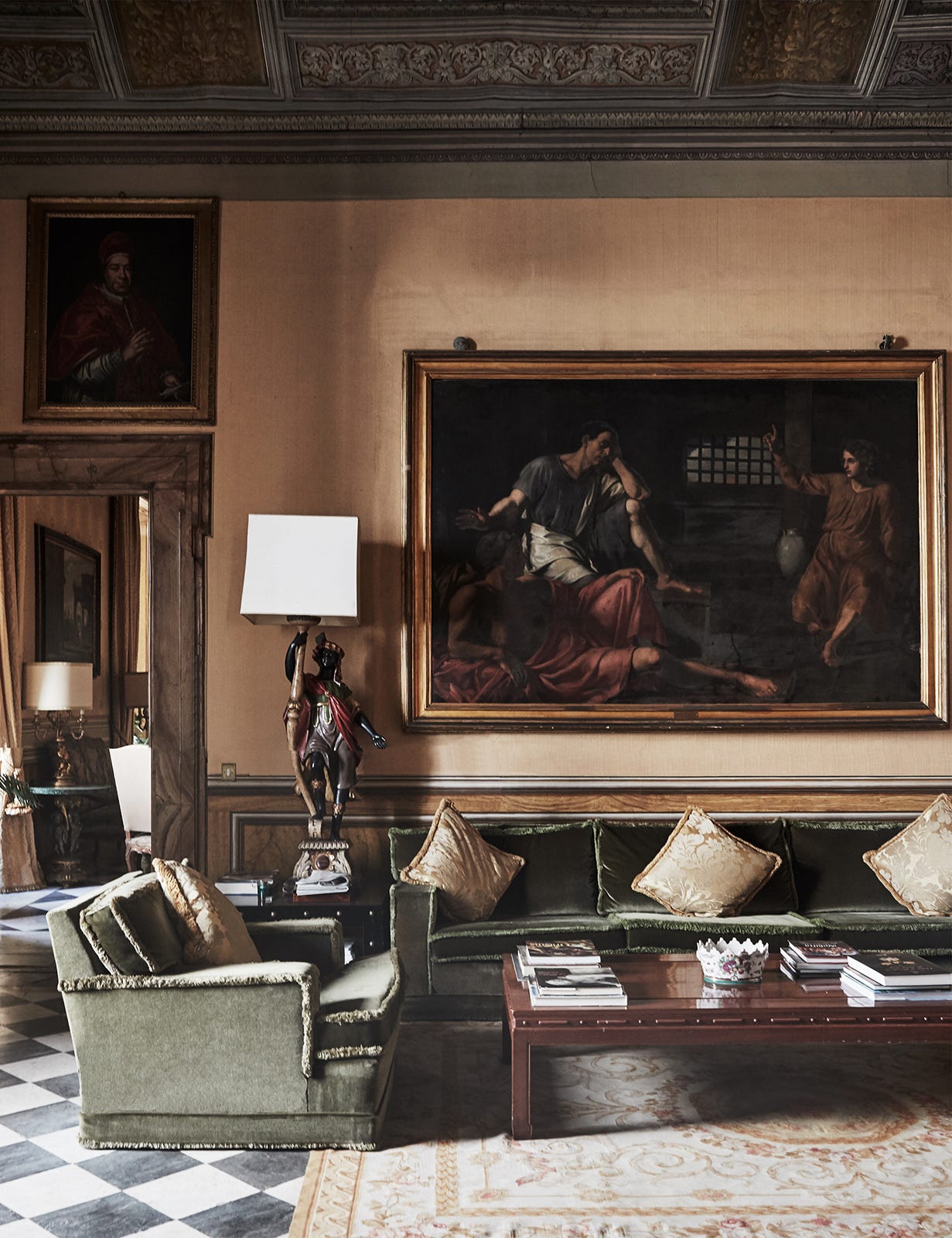
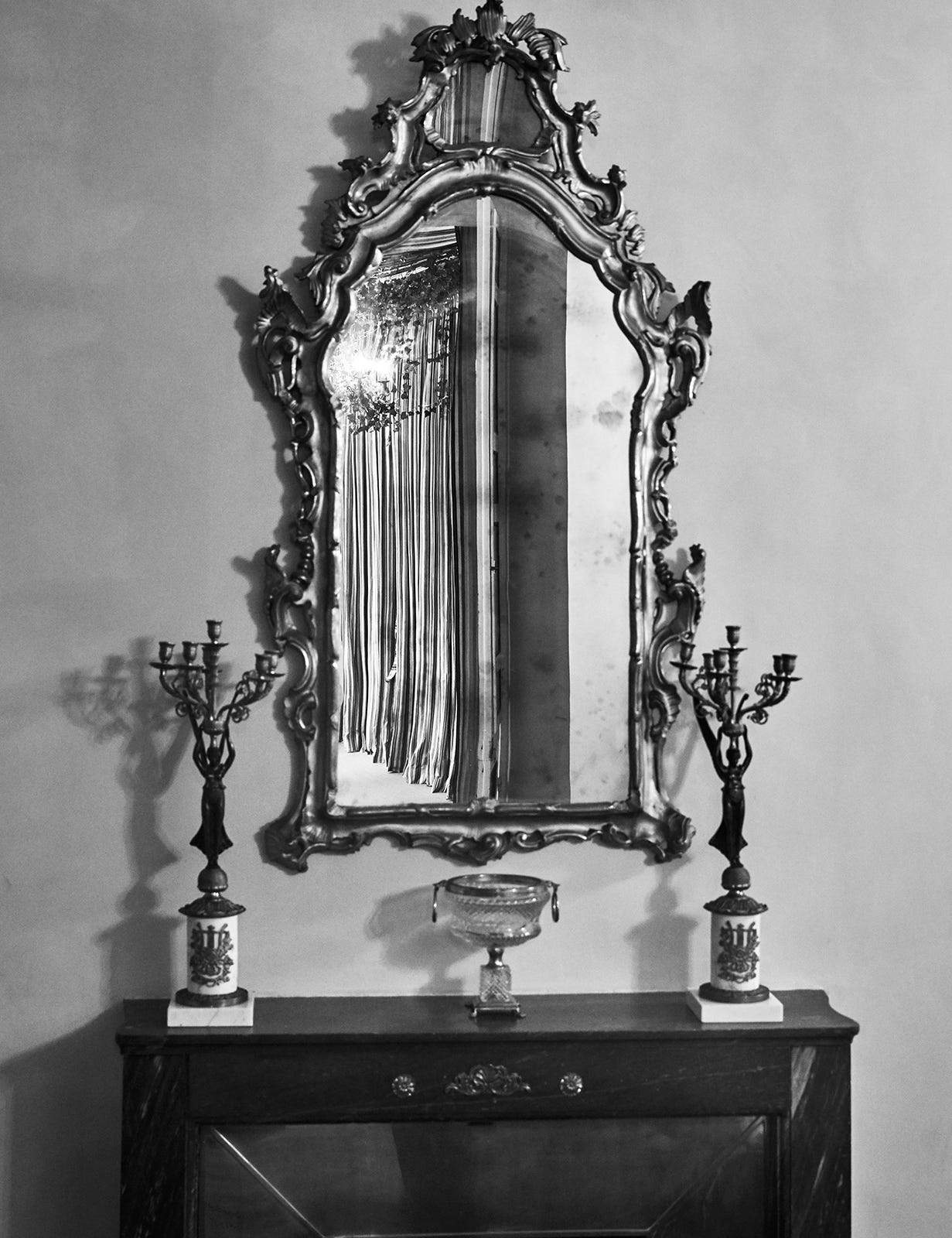
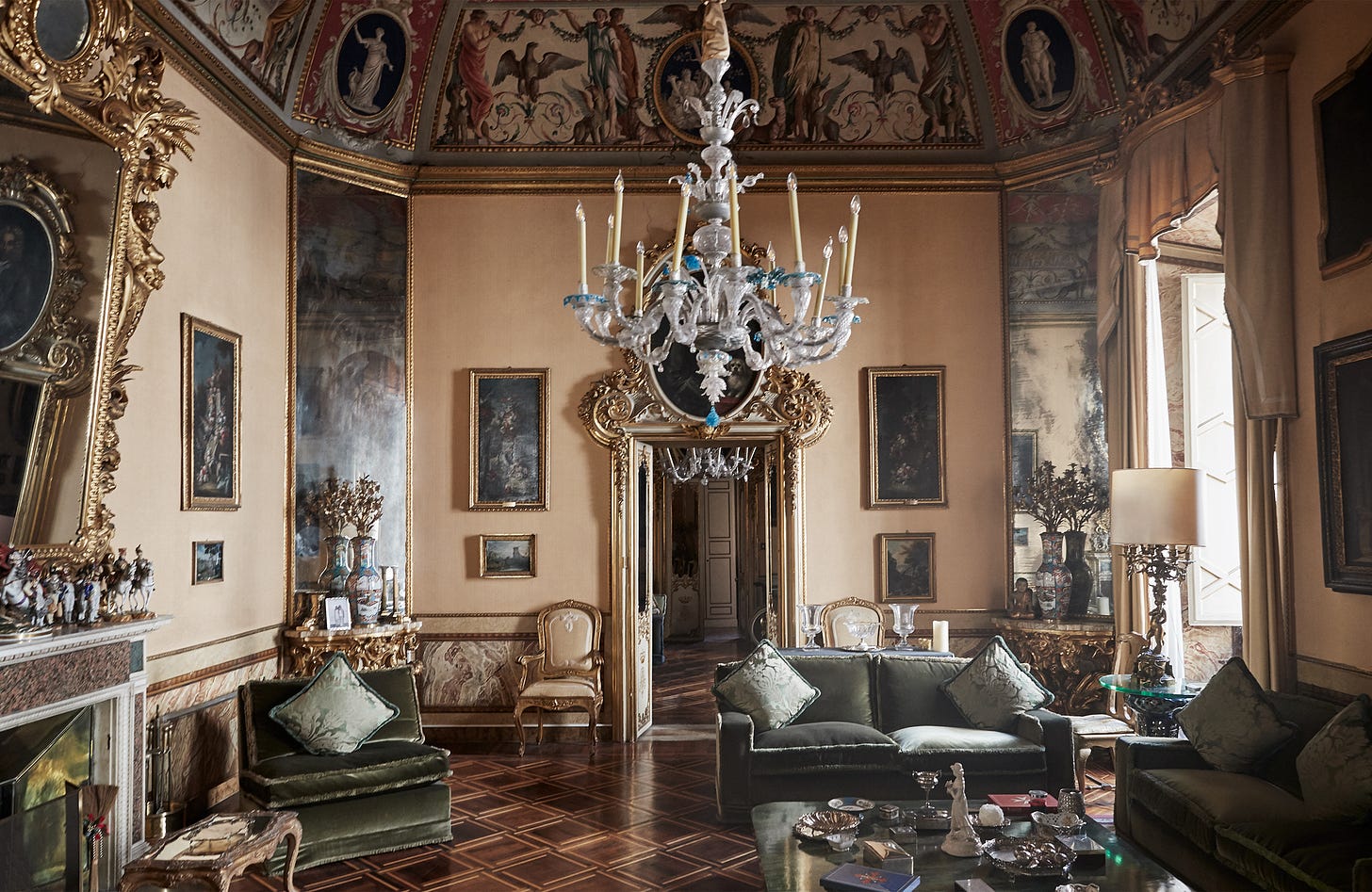
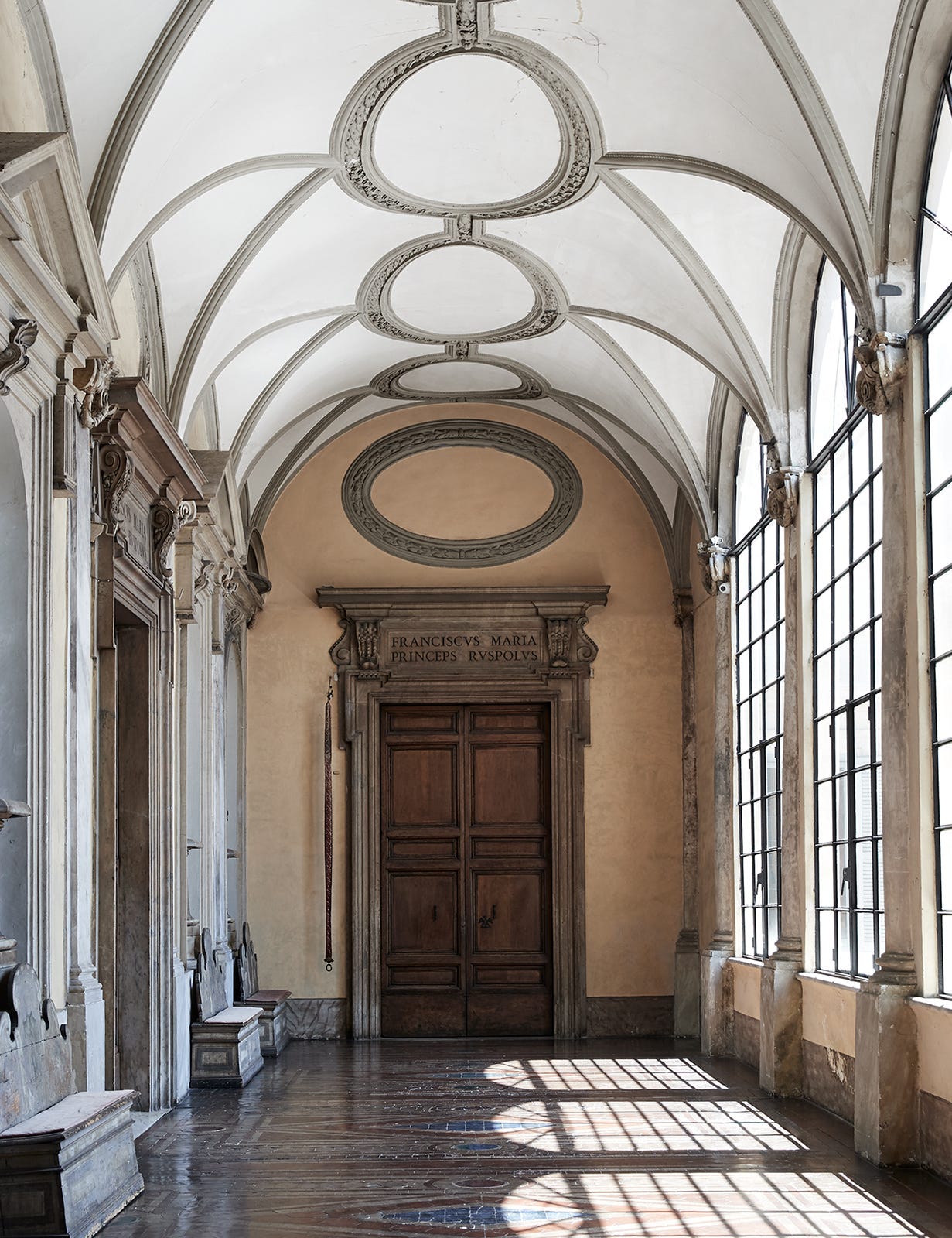
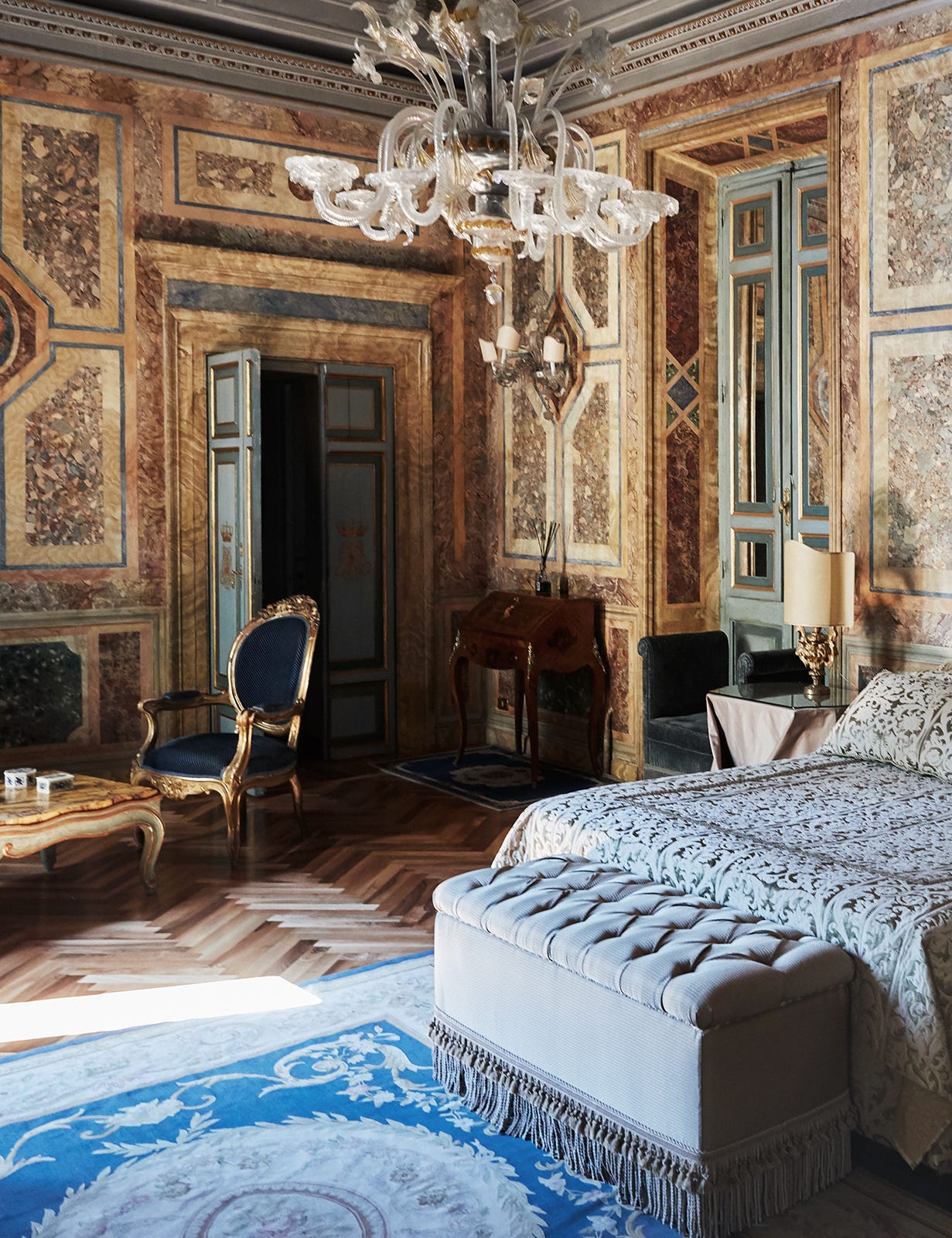

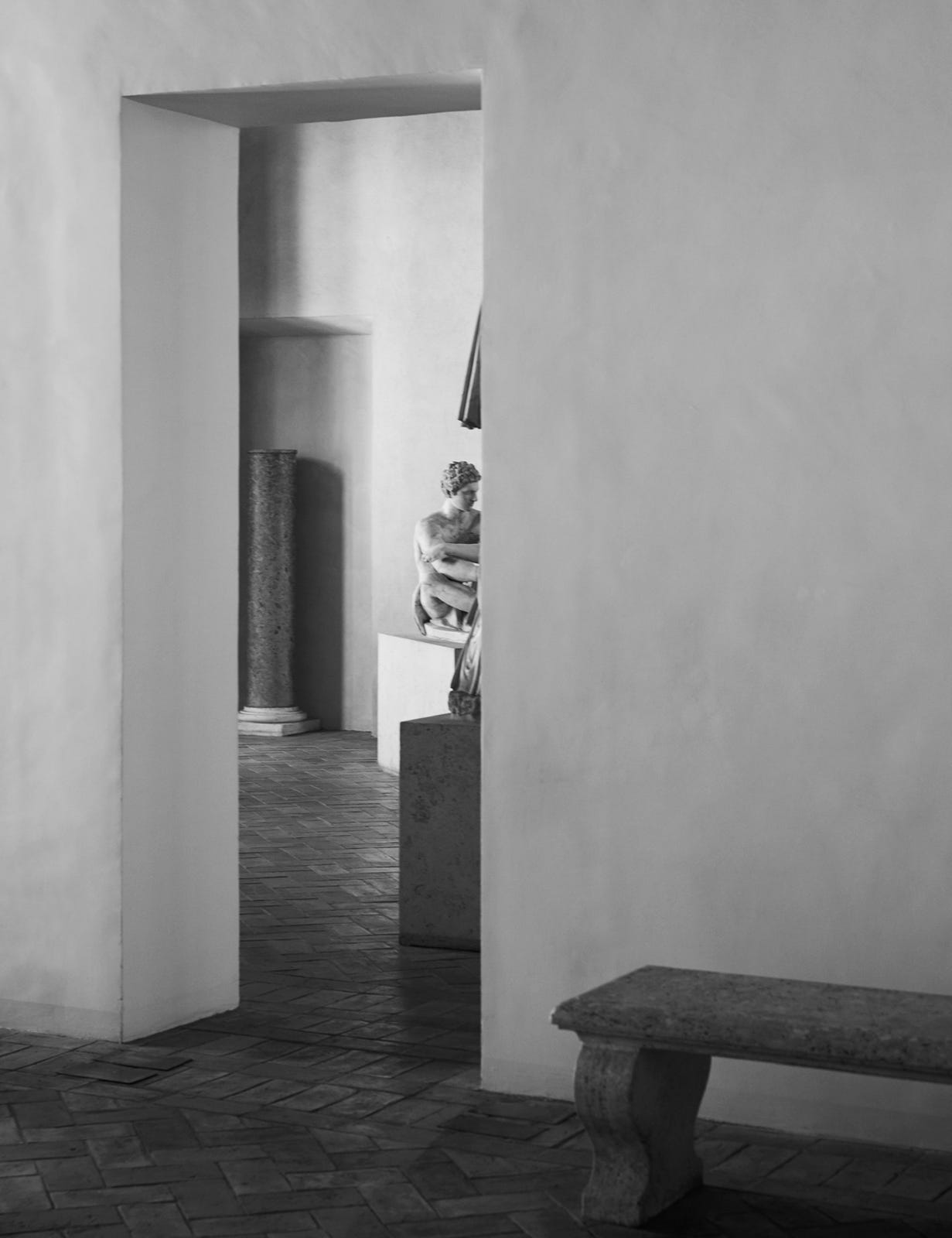
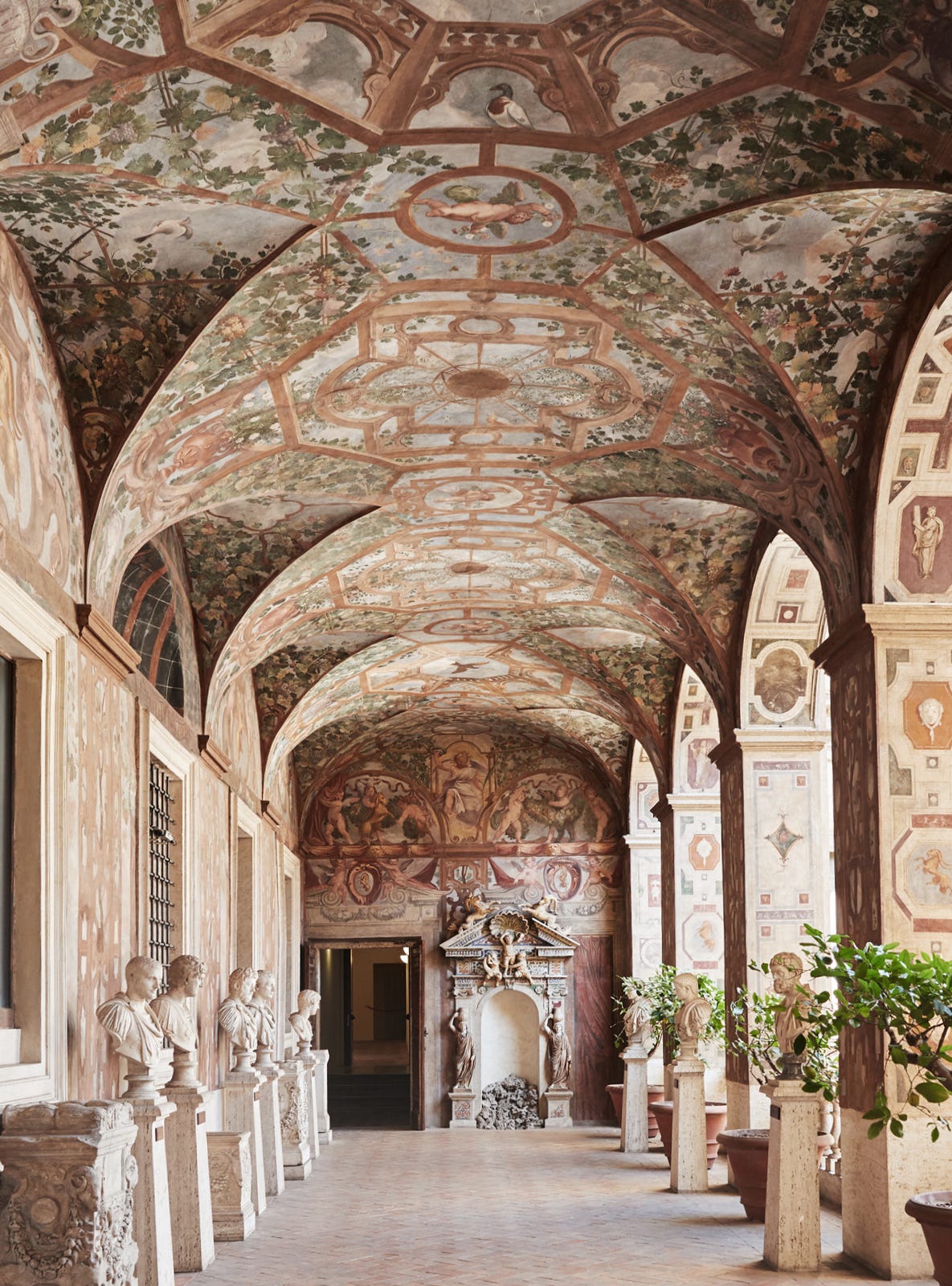
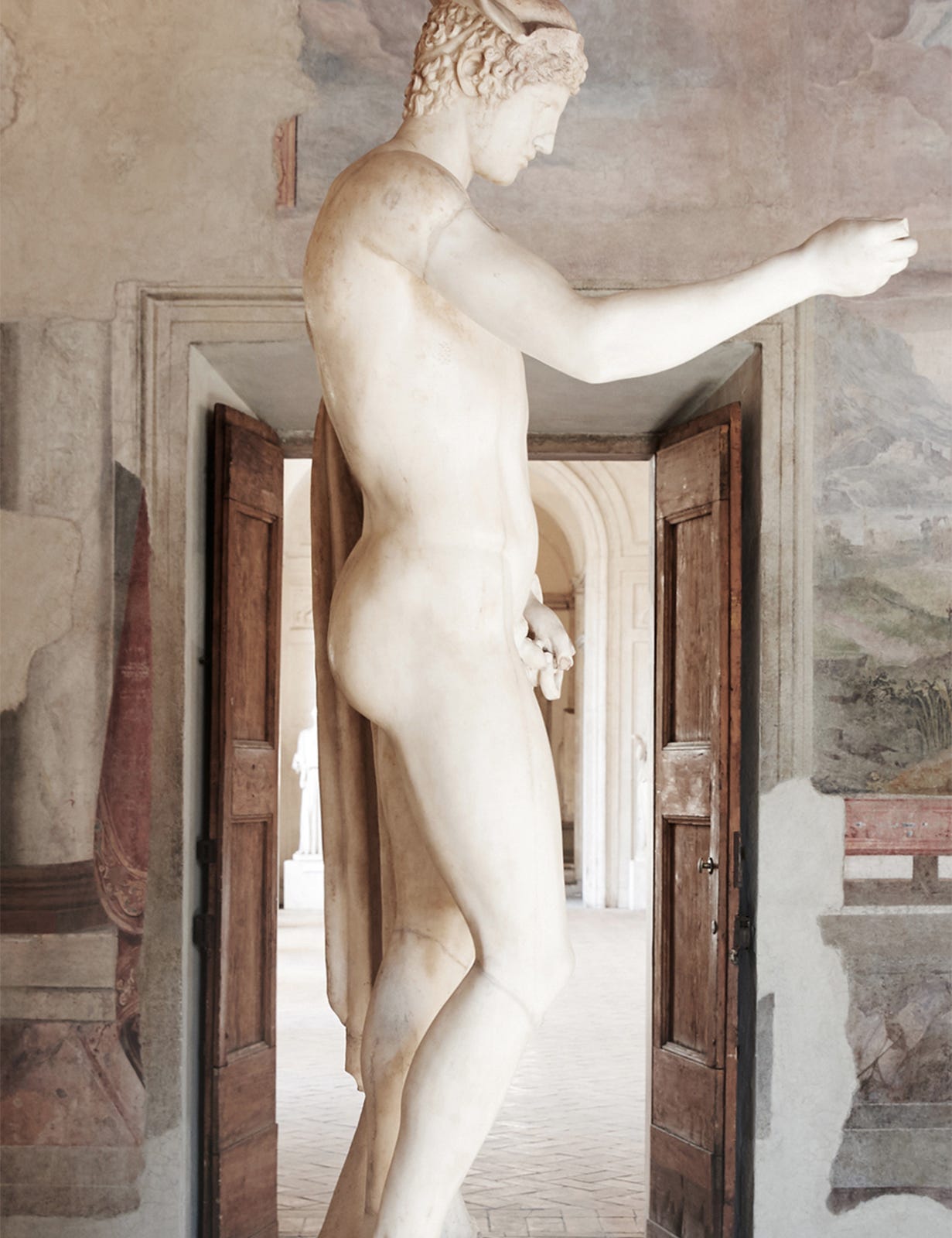

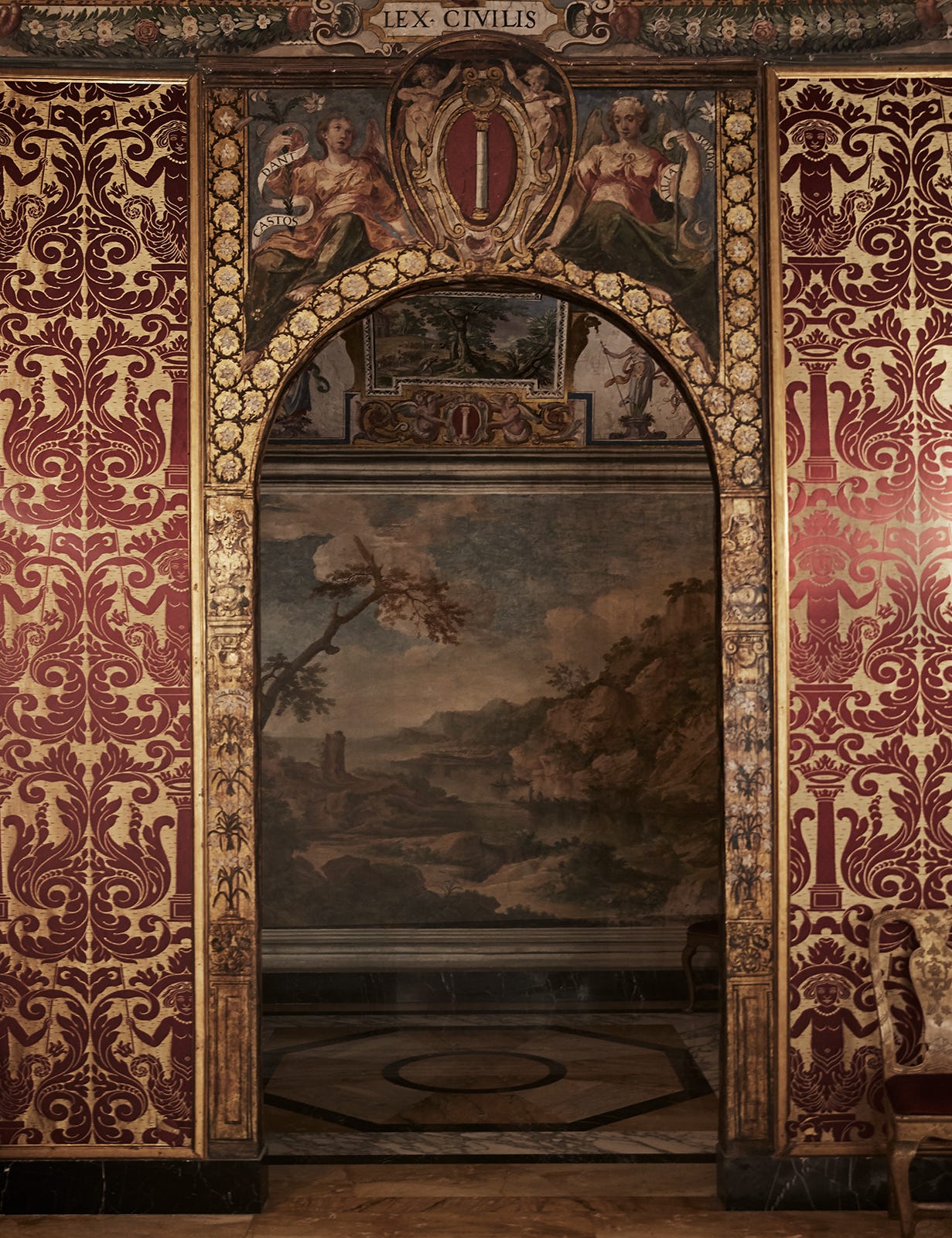
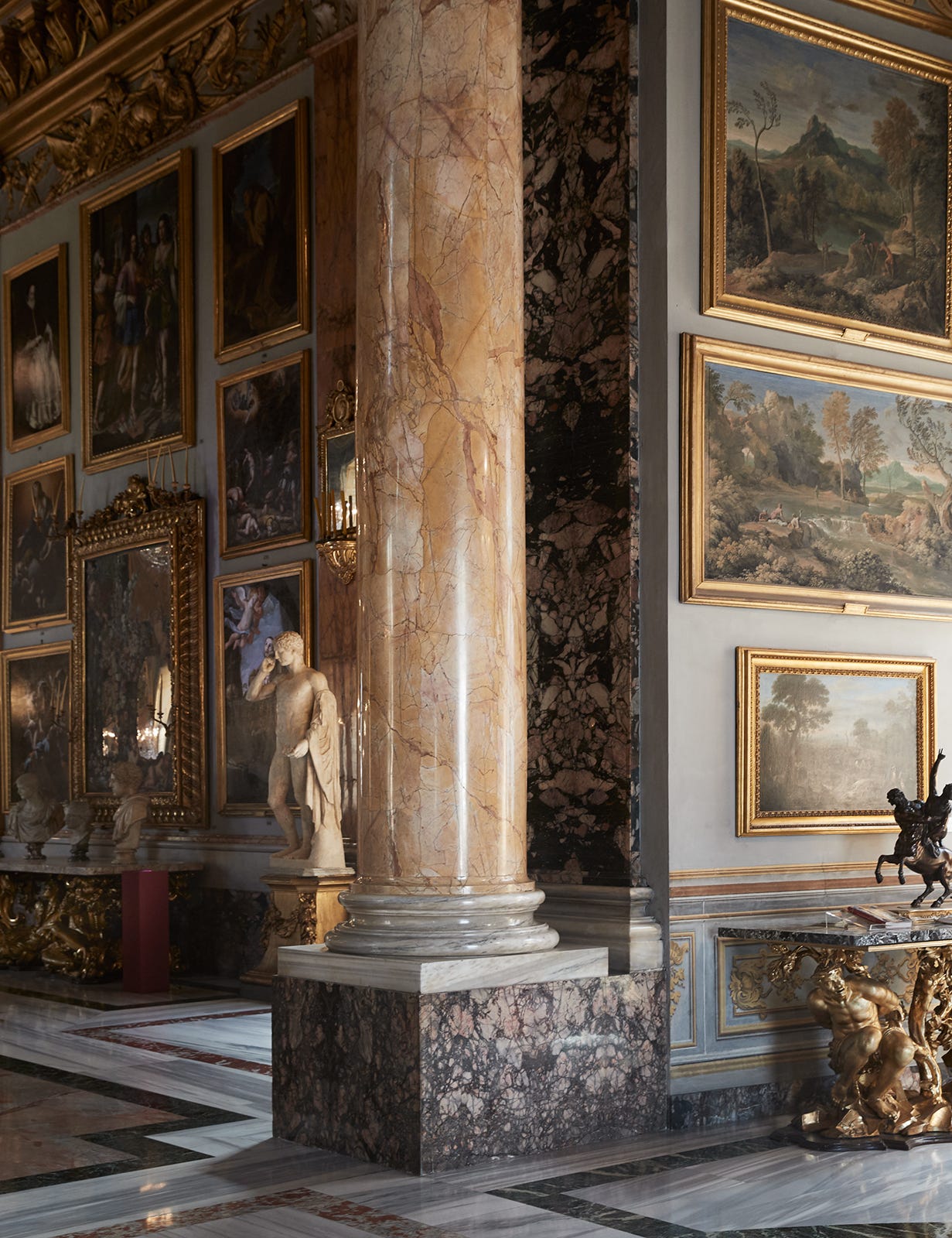
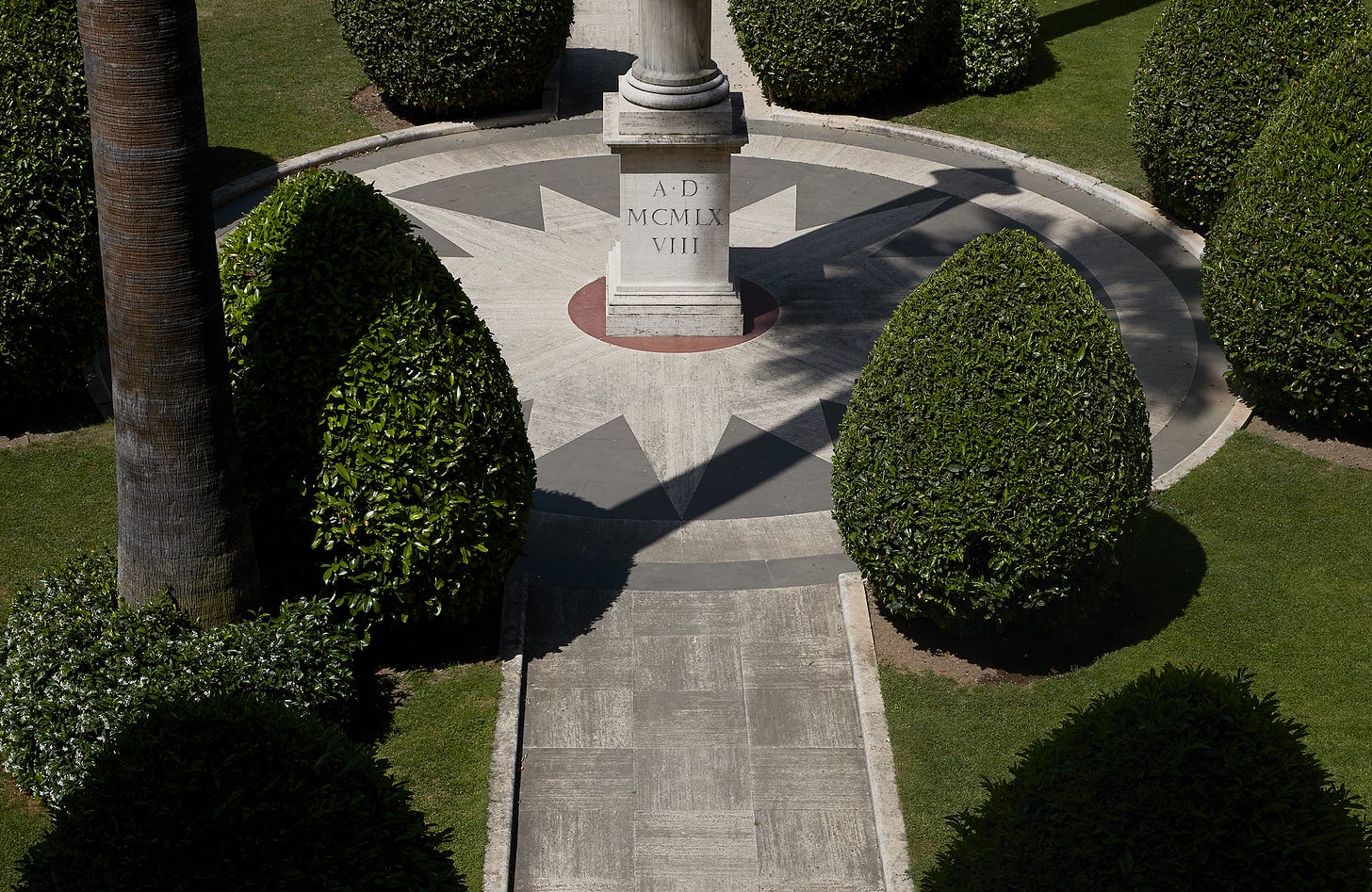

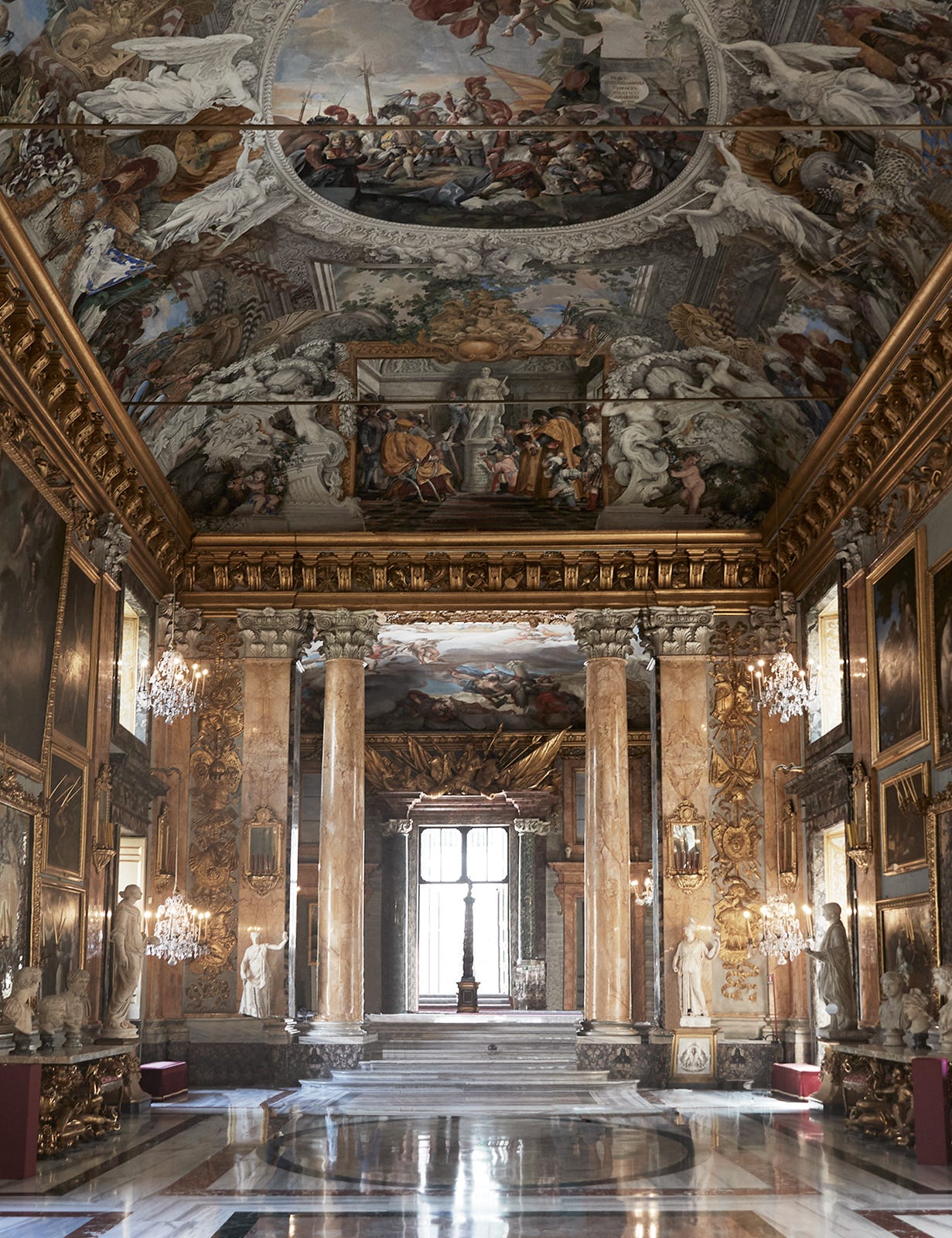
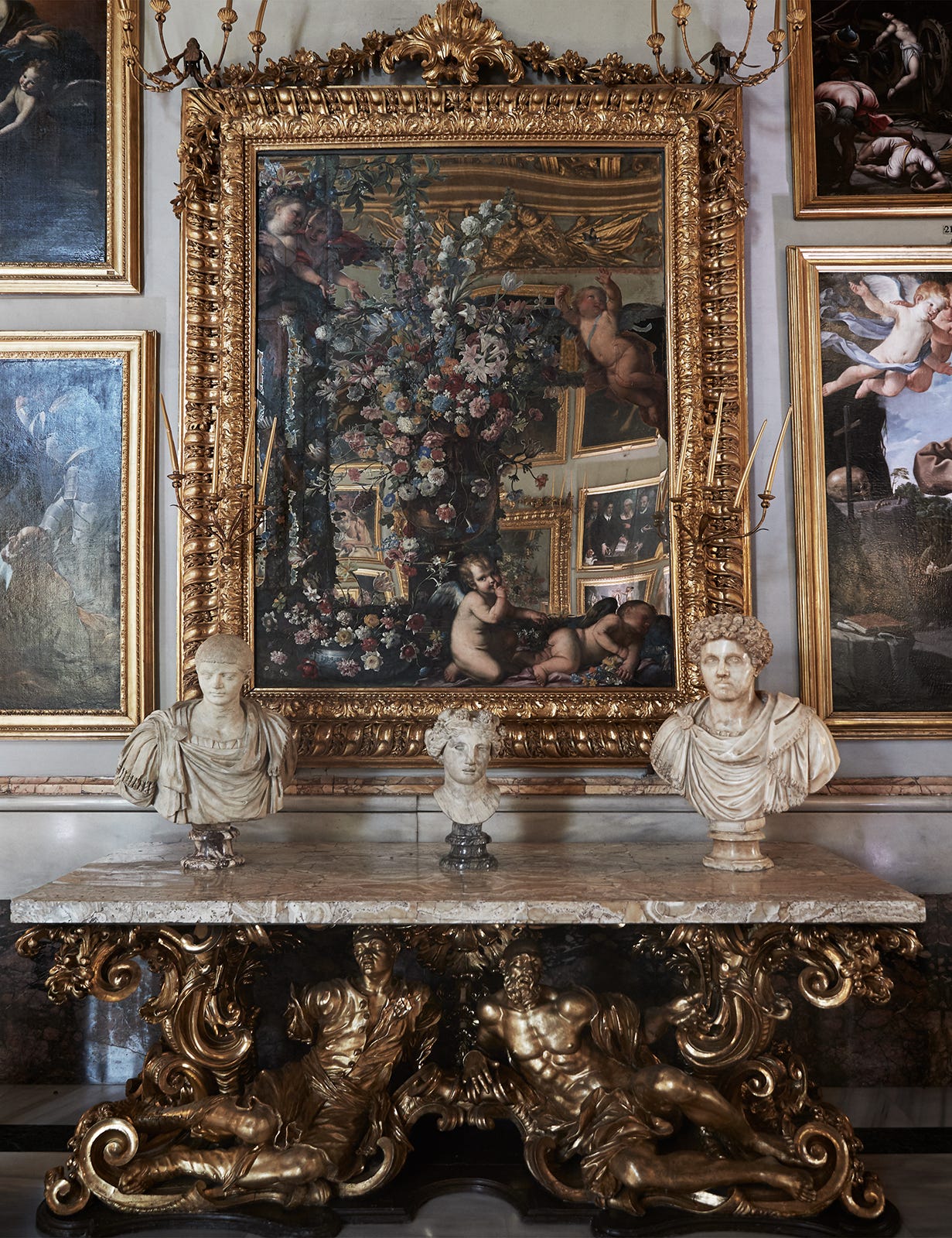
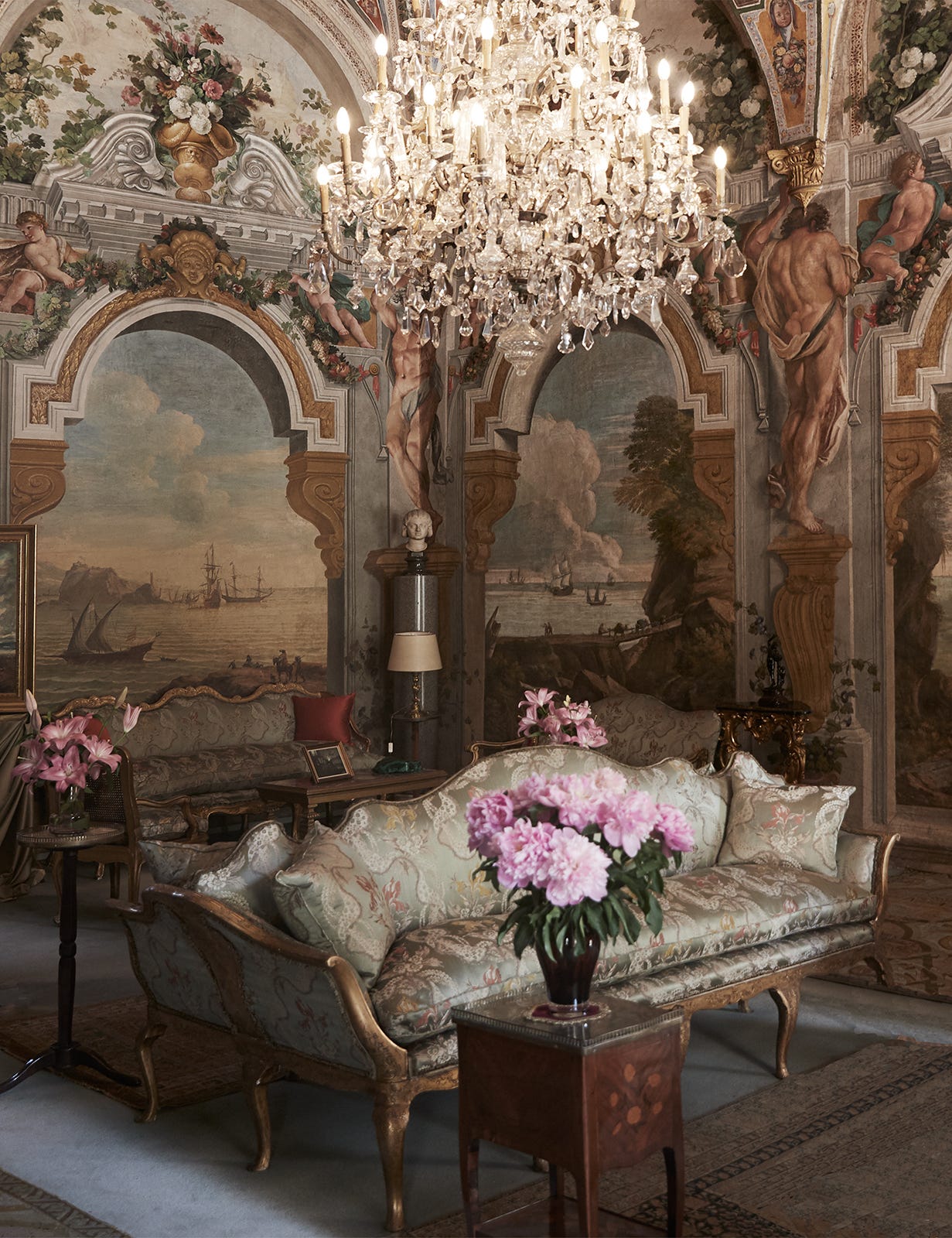
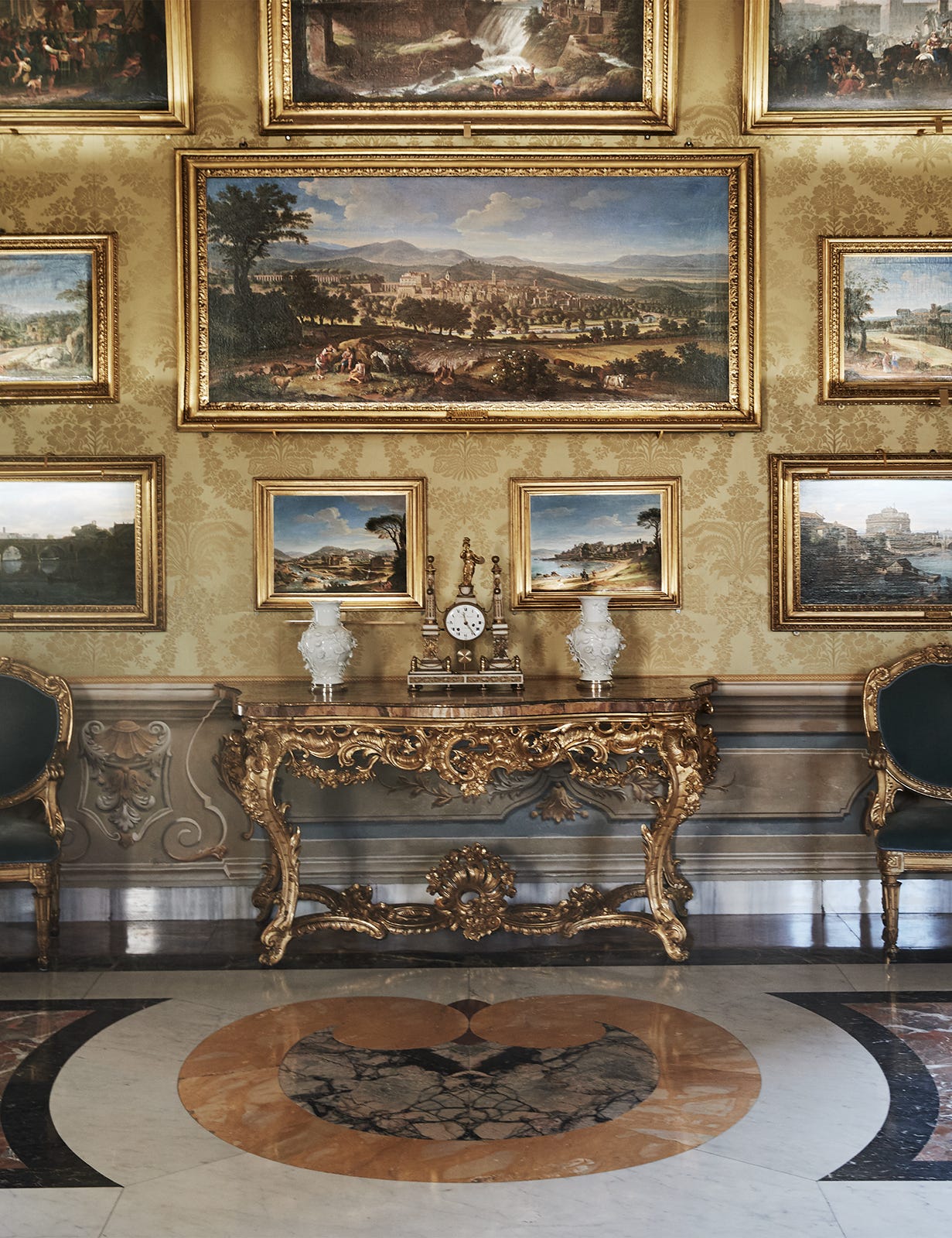
That Ruspoli palace is a delight! I have a pal who stays there when she is in town & one late mid-August night many years ago we had the run of the of the place. Rome is a wonder (& one that I will miss for the rest of my days)